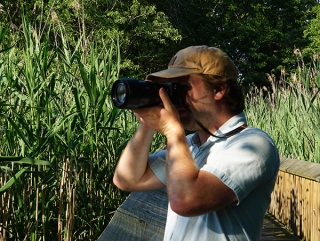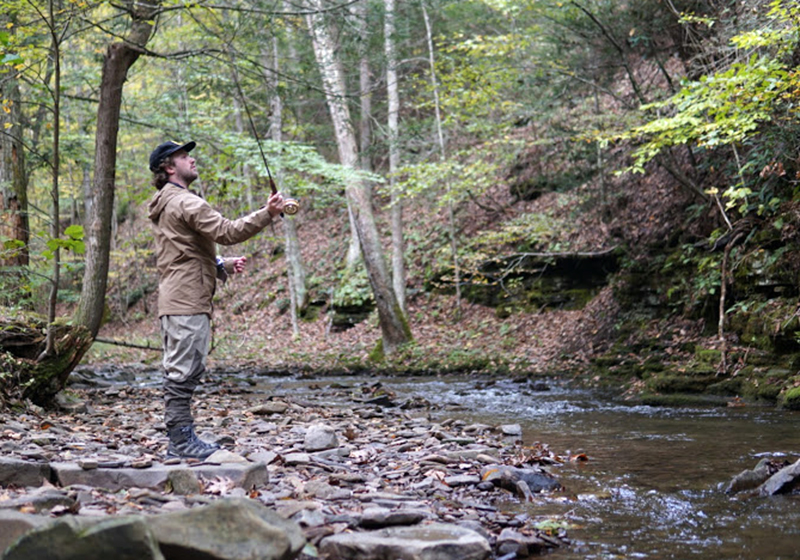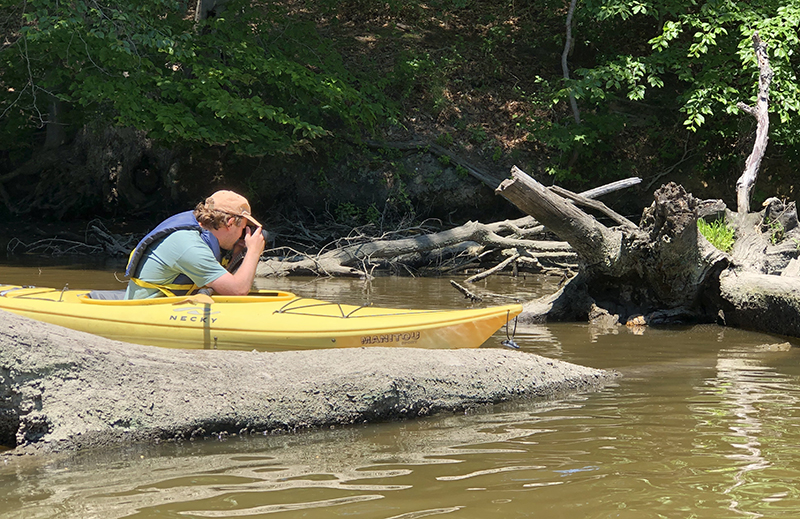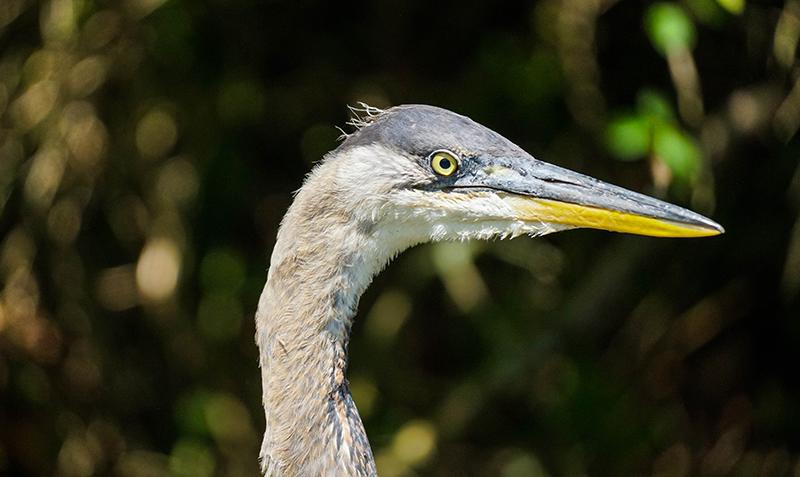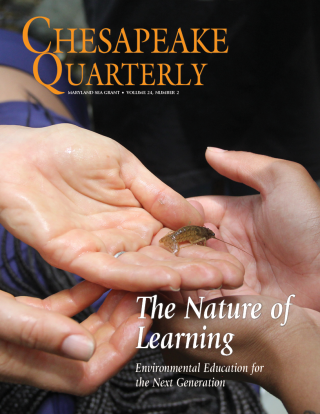Knauss legislative fellowships in Congress help build careers — and they're fun and educational. See our video and fact sheet for details.
Finding the Right Path: It isn’t always a straight line
My journey through college has been an untraditional one. After graduating from North Caroline High School in 2011, I enrolled at Chesapeake College in neighboring Talbot County. I had no idea what I wanted to study, and as a first-generation college student, I was a bit lost in how the whole college thing worked. I chose to study criminal justice as my major and soon learned that it wasn’t exactly how it was portrayed in movies and on television. But I persevered and eventually graduated with my associate’s degree.
Some students transfer to a four-year university after earning their associate’s degree, but I felt unmotivated because I had studied a subject I wasn’t passionate about—something I think happens to a lot of students who go straight from high school to college. Also, I was raised by a single mother who worked hard, but our financial situation was never stable enough to accumulate a college fund. I wanted to make sure that if I continued college, that I was studying something that was important to me.
I spent time working in the kitchen of a local restaurant and as security for a hospital. When I wasn’t busy at work, I had a lot of time to think about what I'd truly like to do for a career. I knew that I wanted to go back to school, so I saved the money that I could to do so. I’m glad I took that time to reflect—my passions became clearer and my motivation to pursue a different path strengthened.
One of those passions is filmmaking. I’ve been fascinated with capturing video since using a Sony Handycam in elementary school. It paved the way for me to build my skills by shooting skateboard videos with my friends in high school and led me to create videos instead of PowerPoint presentations for my general education classes in community college.
Another passion is the environment. Growing up on the Eastern Shore of Maryland, fishing, kayaking, and swimming in the rivers and Chesapeake Bay with my friends, gave me an appreciation for the natural world and fueled my interest in environmental studies.
In the fall of 2018, I returned to Chesapeake College at the age of 24 to take classes in environmental science and English to make sure I was committed to attending college again. The next semester, I transferred to Salisbury University where I am combining my interests by studying communication and environmental studies. Focusing on communication has taught me to develop writing and storytelling skills that allow me to understand how to plan, write, and produce my own films.
This summer, I have the opportunity to align these skills even more with my interest in environmental studies thanks to Maryland Sea Grant’s undergraduate multimedia internship. This is part of the Sea Grant Community-Engaged Internship program (CEI). CEI offers a great opportunity for someone like me to gain real-world experience in marine and coastal professions, including science communication.
During this multimedia internship, I will have the opportunity to work in planning, production, and posting of multimedia content on Maryland Sea Grant’s website, social media platforms, and online version of Chesapeake Quarterly magazine. I will also work on a short film throughout the internship that will serve as my final project. The film will focus on a community-driven grassroots effort on the Eastern Shore to restore a town park and pond that has become overgrown. The restoration effort in the heart of the small town of Templeville, which straddles Caroline and Queen Anne's County, will make the park a safe place for recreation as well as improve water quality in an area that serves as the headwaters of the Choptank River.
After the internship, I’ll head into my last semester of college, with graduation at the end of this year. After graduation, I hope to work in science communication—particularly environmental filmmaking. What I love about science communication is that it provides the opportunity to raise awareness about conservation work and environmental issues that normally might not be as accessible to people who are outside of the scientific community. I’m excited and grateful that my internship with Sea Grant will give me the chance to develop more skills to help me pursue this career, so that I can continue on this path I’ve found.
See all posts from the On the Bay blog
